Do you really know your Black Eyed Susans (Rudbeckia hirta)?


Whether grown in a garden bed or allowed to grow wild, Black-eyed Susan is a beautiful and beneficial addition to any landscape.

Welcome to the latest installment of our "Know Your Natives!" series, which explores the wonders of native plants across the United States. In each post, we dive into the ecology, appearance, and growing requirements of individual native plants, while also providing some fun trivia and highlighting their importance for the environment. Whether you are new to natives or a botanical pro, we hope this series will help you get a better sense for the benefits of using native plants in landscaping and gardening: from their ability to support local ecosystems to their stunning visual appeal. Join us on this journey to discover the diversity and value of native plant species and learn how you can incorporate them into your own green spaces!

An Introduction to Black Eyed Susan
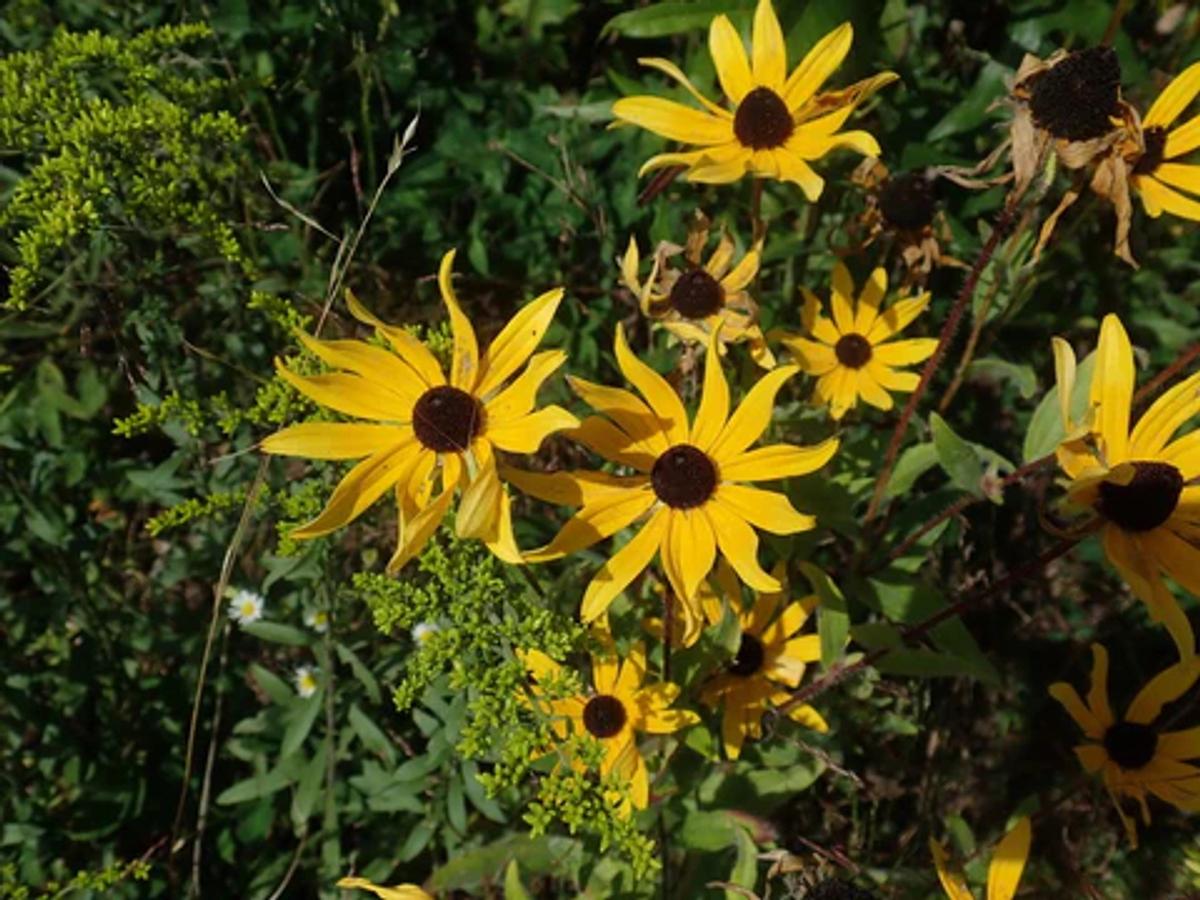
Black-eyed Susan (Rudbeckia hirta) is a wildflower is known for its sunny yellow flower color and distinctive dark brown center. It is a member of the daisy family (Asteraceae) and is a commonly found growing in the open woods, meadows, fields, and roadsides throughout North America. Black-eyed Susan is a hardy and adaptable plant that is easy to grow, and - unlike most other native plants - it is already a popular choice for gardeners and landscapers alike. In addition to its striking appearance, Black-eyed Susan is an important plant for supporting pollinators, such as bees and butterflies. Whether grown in a garden bed or allowed to grow wild, Black-eyed Susan is a beautiful and beneficial addition to any landscape.

Black-Eyed Susans are a biennial or short-lived perennial. This means it will have impressive flower power in the early years of a planting, a real benefit when other plants take a few more years to get going, but can naturally fade once they do. To keep this short-lived Black-Eyed Susan going in the garden, allow it to self-seed. Attracts butterflies, moths, and bees.
At-A-Glance - Black Eyed Susans

Common Name(s): Black Eyed Susan, Black Eyed Susans, Gloriosa Daisy, Gloriosa Daisies, Brown Betty, English Bull's Eye, Yellow Daisy
Scientific Name: Rudbeckia hirta
Type: Herbaceous Perennial
Root Structure: Fibrous Root System
Sun Exposure: Full Sun (6+ hours a day); can tolerate some shade
Soil Moisture: Prefers well drained soils. Dry to slightly moist soils are fine, so long as soil does not become waterlogged. Drought tolerant once established.
Soil Types: Well drained loamy, sandy, or clay soils.
Other Benefits: Pollinator favorite; Erosion control; Bird seed source; Nitrogen fixer (improves soil fertility)
Bloom Color: Golden yellow flowers
Bloom Period: Mid summer through early fall. Can go longer with deadheading.
pH: Highly adaptable but prefers Slightly Acidic to Neutral (6.0 to 7.5)
Native Range: Native everywhere east of the Rockies; largely naturalized west of the Rockies.
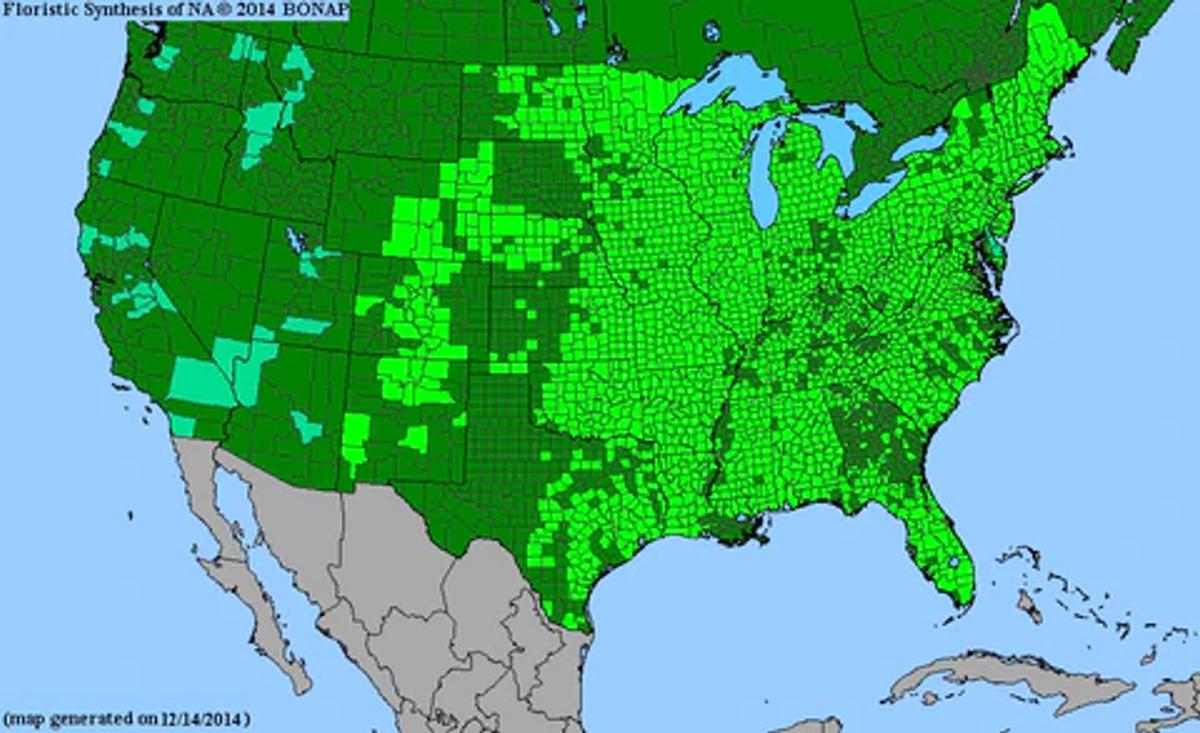
Range Map: Created by the Biota of North America Program (BONAP) and based on historical species records, this range map shows you a great overview of the distribution of Black Eyed Susans in the United States and Canada. Grey indicates no data; Greens indicate recorded listings in the county.
Style Guide
Flowers: Produces striking golden-yellow, daisy-like flowers with a dark brown or black center disk. The flowers arrive on the ends of long stalks, and are typically 2-3 inches in diameter and have slightly drooping petals. Makes excellent cut flowers.
Foliage: Grows dark green, lance-shaped leaves that are covered in short bristles. The leaves are arranged in an alternate pattern along the stem and have serrated edges. The leaves typically grow to a length of 2 to 5 inches and have a hairy and rough texture. Lower leaves are larger and arranged in a basal rosette.
Shape: Features an upright, bushy, clump-forming habit. Will spread gradually in a landscape to form colonies of small clumps.
Height: Grows up to 2-3 feet tall
Wildlife Attraction: Highly attractive to various beneficial pollinators, including bees, butterflies, and other insects. The bright yellow ray flowers provide an abundant source of nectar and pollen while blooming, and songbirds feed on seeds in the later season, making it a valuable addition to any pollinator garden or wildlife habitat.

Planting Instructions & Care
Rudbeckia hirta is a hardy and low-maintenance perennial plant that is relatively easy to cultivate. To help ensure its success in the garden, follow these care tips:
Site selection: Rudbeckia hirta prefers full sun to partial shade and well-draining soil, but can also tolerate a wide range of soil types and moisture levels.
Planting: Can be planted in the spring after the last frost date or in early to mid fall; plants are best spaced 12 to 18 inches apart.
Watering: Rudbeckia hirta prefers well-drained soil and can tolerate some drought, but young plants need regular watering until established. It is best to water deeply but infrequently, allowing the soil to dry out somewhat between waterings.
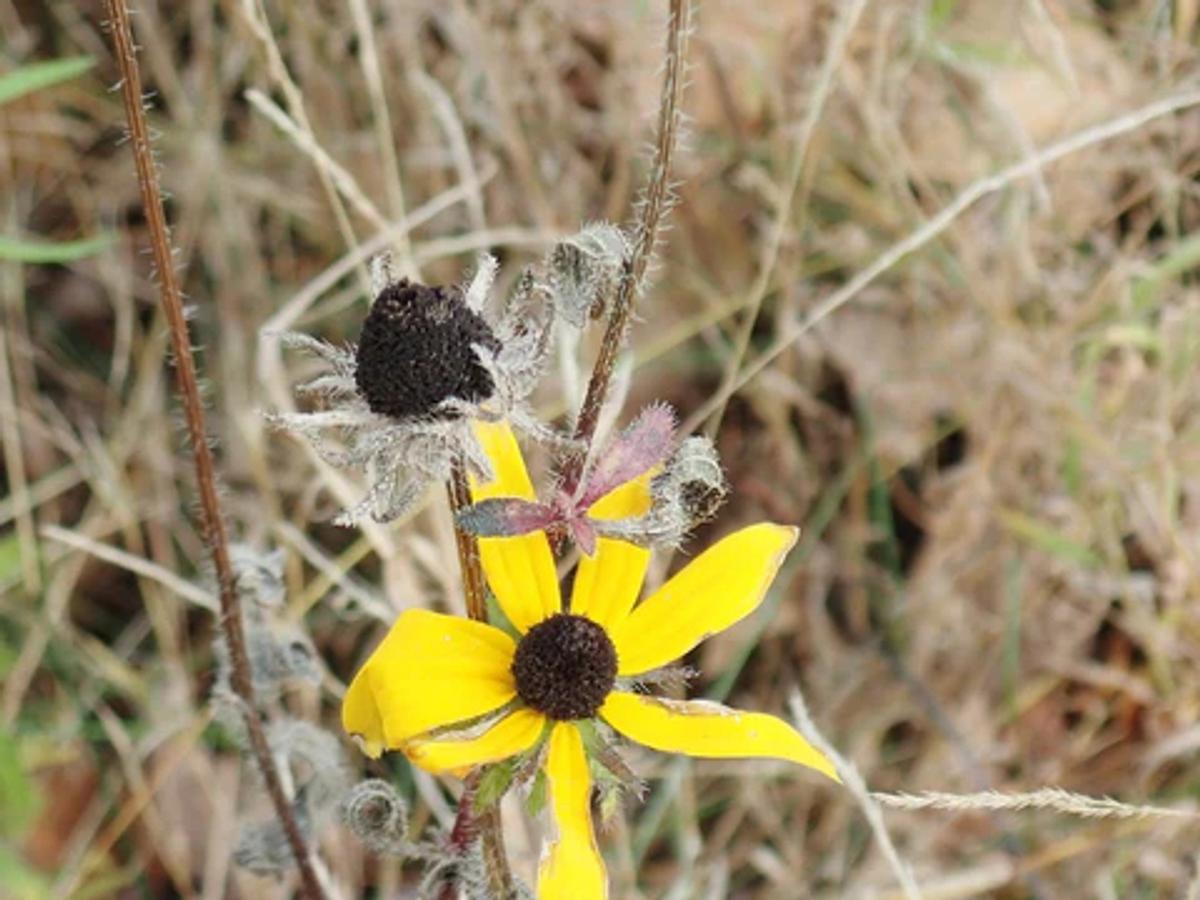
Collecting Seeds: Allow the flower heads to dry and turn brown on the plant before cutting them off and placing them in a paper bag. Once the seeds have dried and fallen off the flower head, they can be collected from the bag and stored in a cool, dry place for later planting.
Fertilization: Does not require fertilization, but if growth is weak, apply a balanced fertilizer in early spring of growing season.
Pest and disease control: Rudbeckia hirta is generally a hardy plant with few disease problems, but it can be susceptible to powdery mildew, leaf spot, and bacterial leaf spot; to control these diseases, you can remove infected foliage and avoid overhead watering. Pests that may affect Rudbeckia hirta include aphids, leafhoppers, and spider mites; you can control them with insecticidal soap or neem oil if required.
Maintenance
Rudbeckia hirta is a very low-maintenance plant that does not require much care to maintain a tidy appearance. In any case, here are some tips to help you maintain this plant:
- Deadhead flowers: Deadhead spent flowers to help achieve additional bloom time and prevent leggy appearance. As this plant freely self seeds, deadheading can also help prevent unwanted seedlings or the formation of overly extensive colonies. As this is a relatively short lived perennial, allow some self seeding to encourage denser colonies.
- Cut back stems in the fall: Cutting back by about one-third of total height in fall after the first frost will promote healthy growth the following spring.
- Dividing plants: If desired, plants can be safely divided ever 2-3 years to prevent overcrowding.
Species Relationships
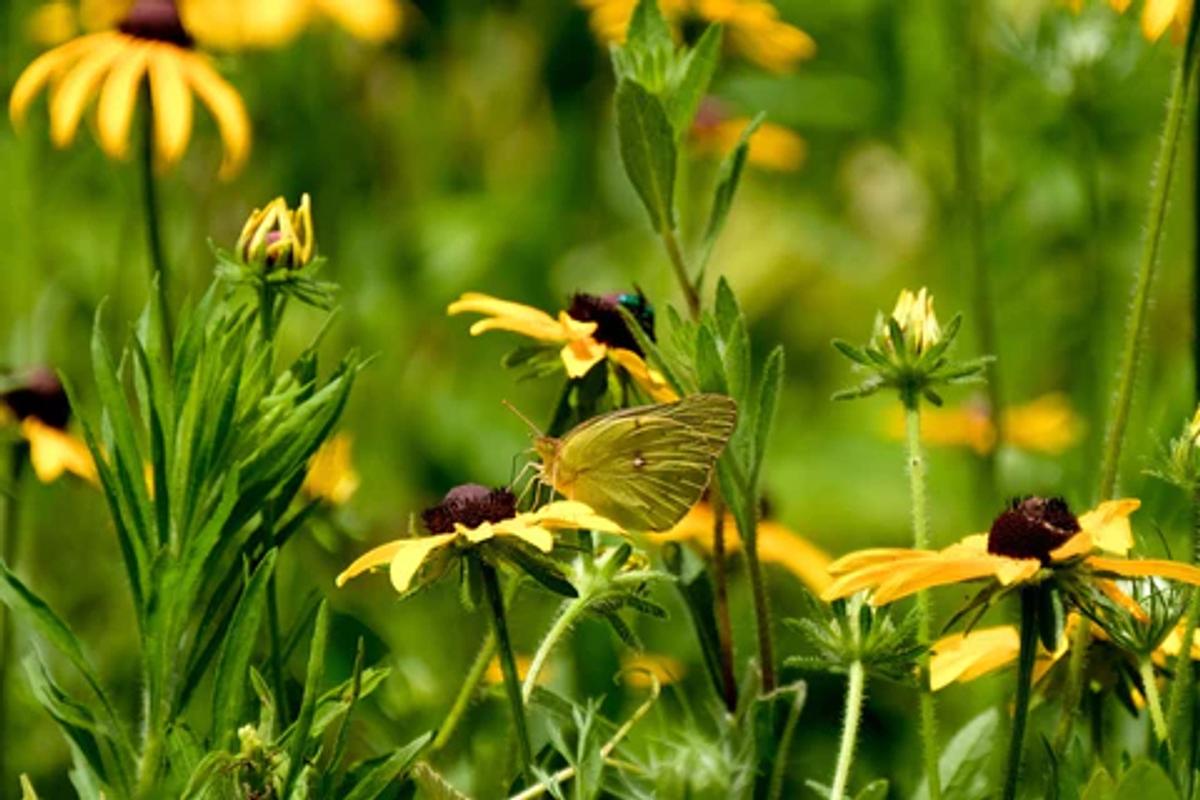
Rudbeckia hirta has an important role in supporting various species relationships within its ecosystem. It is a larval host plant for several butterfly species and supports many species of bees and other pollinators, promoting pollination of nearby plants. It's seeds are also a valuable food source for birds and small mammals. In addition, Rudbeckia hirta is known to have allelopathic effects on some neighboring plants, which can help to reduce competition and promote the growth of other beneficial species. The plant's roots are also known to help stabilize soil and prevent erosion, making it a valuable addition to gardens and natural areas alike.
As Host Plant
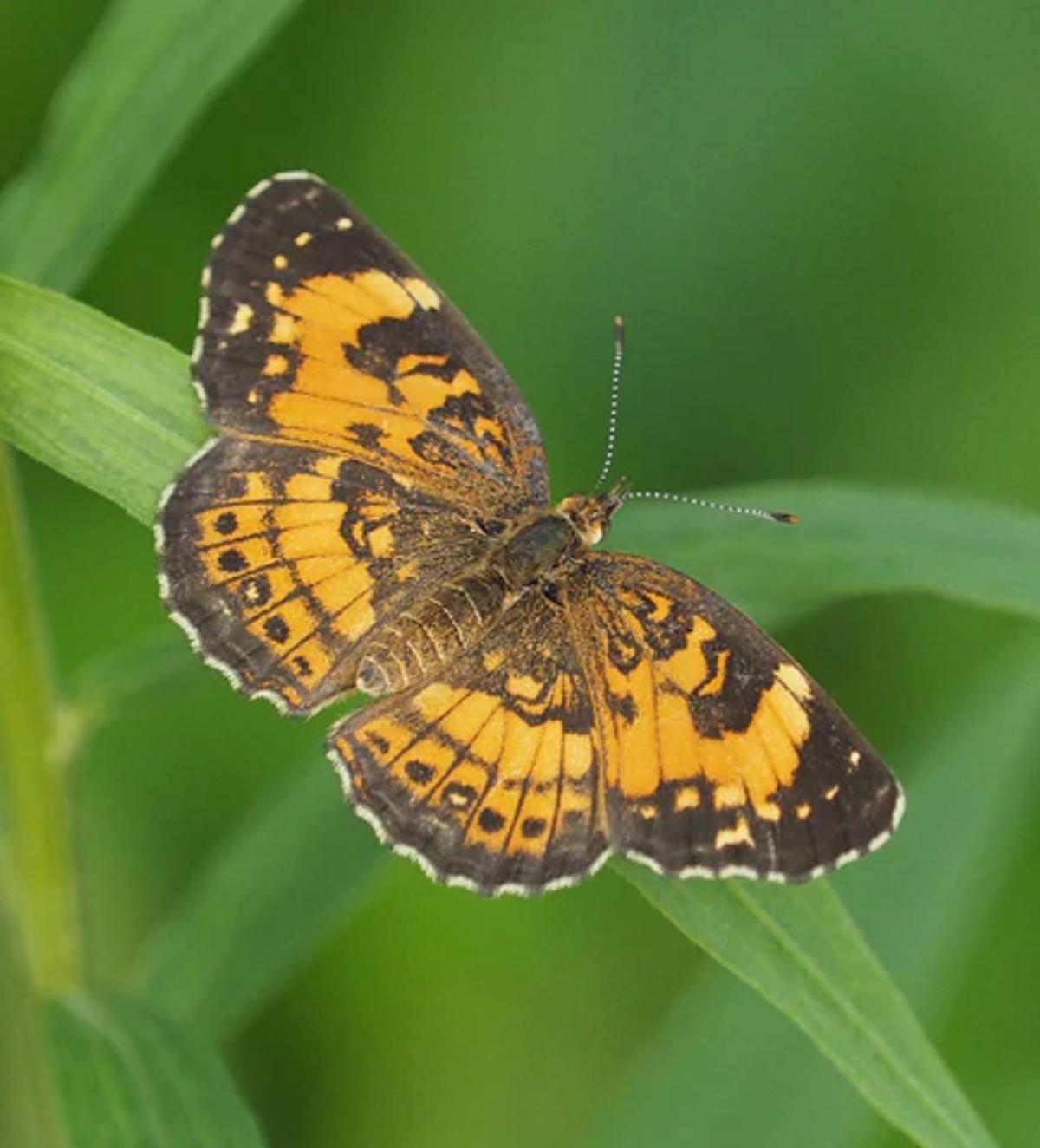
Silvery Checkerspot (Chlosyne nycteis) - a beautiful butterfly species that can be found in meadows and prairies and has distinctive silver and orange wings.

White-dotted Prominent Moth (Nadata gibbosa) - a strikingly patterned moth species with distinctive twin black lines on its wings.
Trivia
Black Eyed Susans are the state flower of Maryland. The Rudbeckia genus name was chosen in honor of Olaus Rudbeck, a Swedish botanist and physician who lived in the 17th century and established the first botanical garden in Sweden.

Summary
Effectively anywhere in North America, Black Eyed Susan is a hardy and adaptable native plant that will cheer up any sunny spot in the yard while providing numerous ecological benefits. I would recommend Black Eyed Susans because they:
- are easy to cultivate and maintain
- are tolerant of a wide range of growing conditions
- attract and support a wide variety of pollinators and birds
- grows very well alongside other species, including Wild Bergamot, Purple Coneflower, and Lanceleaf Coreopsis
Read about other native plants in the 'Know Your Natives' series
Share this article


